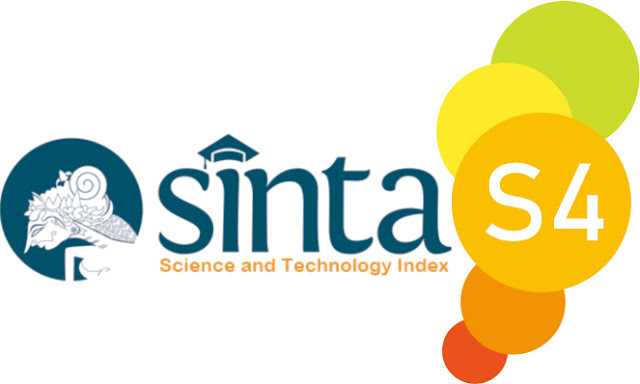Diabetic Foot Exercises Can Reduce Neuropathy Degree in Type II Diabetes Mellitus (DM) Patients
DOI:
https://doi.org/10.53861/lontarariset.v6i2.589Keywords:
Neuropathy, DM Type II, Diabetic Foot ExercisesAbstract
Neuropathy is nerve damage that occurs mainly in the feet and hands on diabetes mellitus (DM) patients. High blood sugar degree over a long period of time will cause complications, one of which is damage to small blood vessels (microvasculature) such as diabetic neuropathy with an incidence of 45.6%. Diabetic foot exercise (DFE) is a non-pharmacological therapy to overcome this. This study aims to determine the difference in the degree of neuropathy in type II DM patients between before and after receiving DFE therapy. The inquire about plan utilized a Pre-Experiment Group Pretest-Posttest Plan with a population of 105 individuals and a sample of 26 individuals decided through Quota Sampling. The investigate instrument utilizing the Neuropathy System Score (NSS) questionnaire. Information were analyzed utilizing the Wilcoxon Sign Rank Test. The results of this reserach stated that the average degree of neuropathy for the group before DFE therapy = 6.5000 (moderate) and after = 4.4615 (mild). DFE therapy had a significant effect on reducing the degree of neuropathy in respondents (P-value = 0.000). Thus, DFE therapy can be recommended to be applied to type II DM patients as a complementary therapy that can help reduce the degree of neuropathy.
Downloads
Downloads
Published
How to Cite
Issue
Section
License
Copyright (c) 2025 Wiwik Agustina, Shofia Maharani Khoirun Nisa, Faidatul Chasanah

This work is licensed under a Creative Commons Attribution 4.0 International License.
Lontara Journal Of Health Science And Technology is licensed under Creative Commons.
The journal allows the author to hold the copyright of the article without restrictions.
The journal allows the author(s) to retain publishing rights without restrictions.
The legal formal aspect of journal publication accessibility refers to Creative Commons Attribution 4.0 International (CC BY 4.0).
The Creative Commons Attribution 4.0 International (CC BY 4.0) license allows re-distribution and re-use of a licensed work on the conditions that the creator is appropriately credited and that any derivative work is made available under “the same, similar or a compatible license”. Other than the conditions mentioned above, the editorial board is not responsible for copyright violations.











